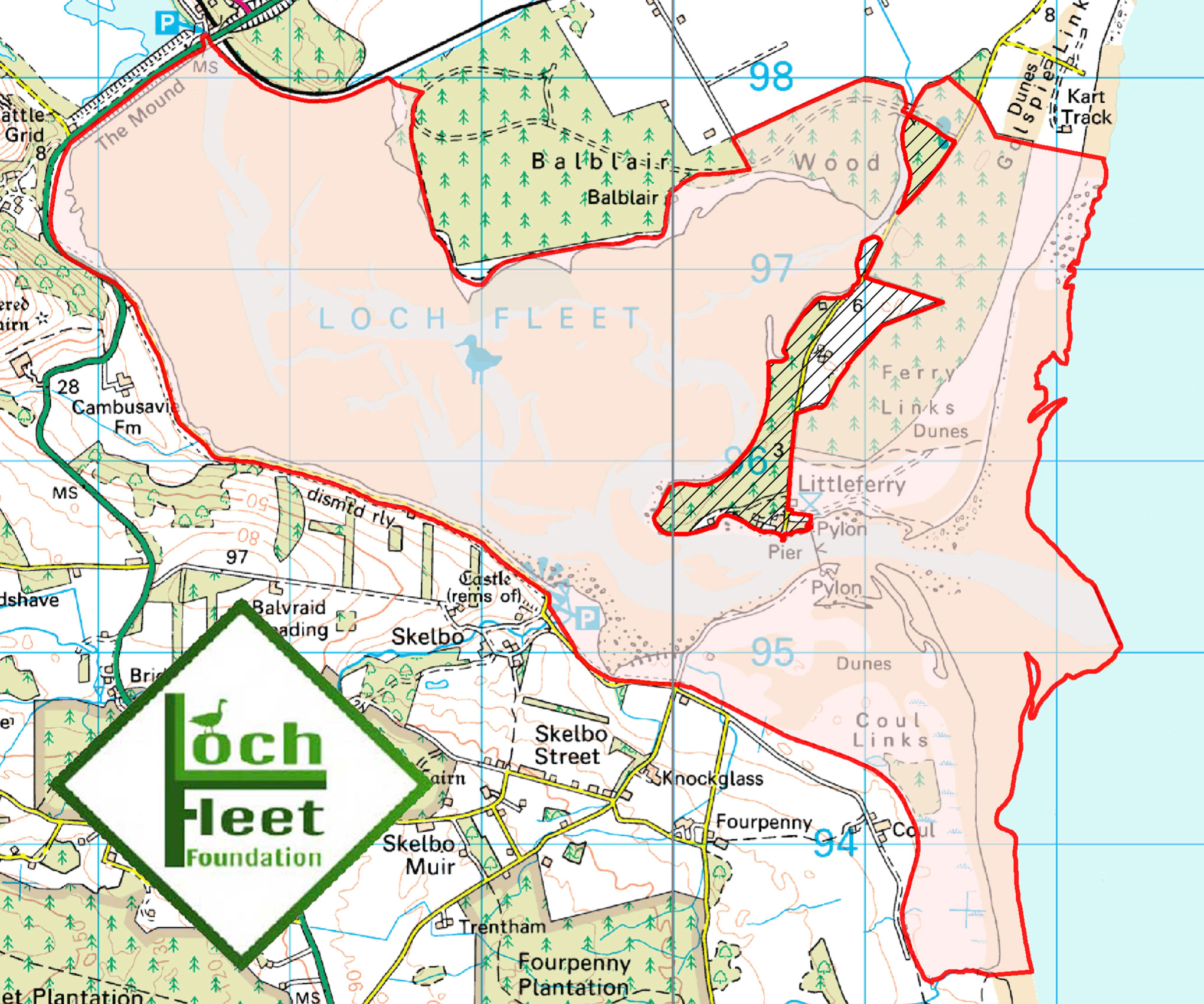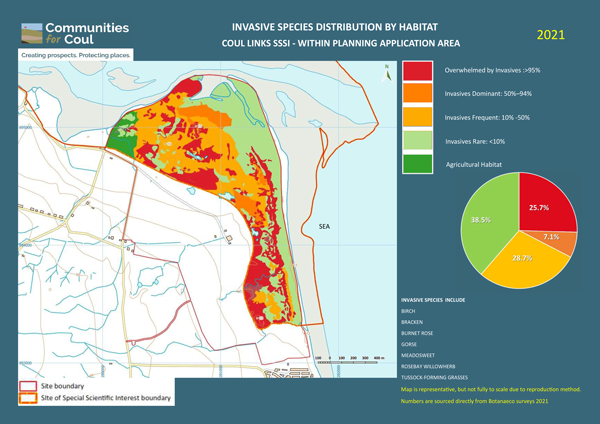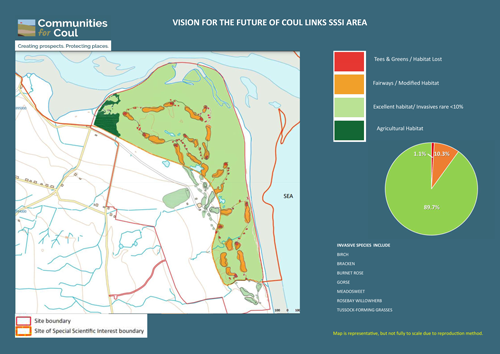Our vision is to restore and protect Coul Links in a way which is sustainable forever
Alasdair Dickson
C4C has an exciting “Vision” for the future of Coul Links.
This golf course will transform this part of a failing SSSI, currently in an “unfavourable” state, where over a quarter of its landmass is lost beneath a carpet of invasive species, into an exemplary reserve for nature, where just 1% of the area is lost to “development” – being the tees and greens of the golf course, and the vast majority of the rest is restored to exactly how nature intended it.
Look at the two maps and pie charts below, to see what we mean.
Coul Links is home to a rich variety of species, including some which are threatened or very rare. We urgently need the funds provided by the golf course to fund the restoration and protection of these habitats, before they disappear for ever.
Some of the species found at Coul Links:
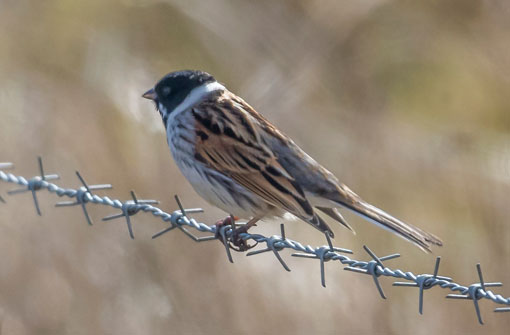
Ashley Rose
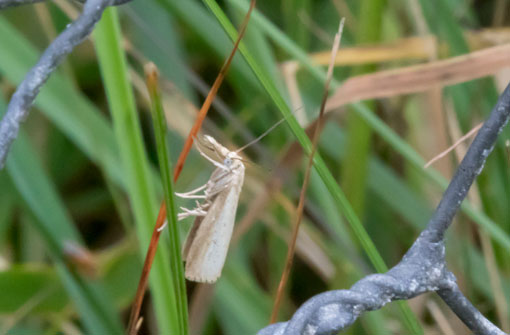
Ashley Rose
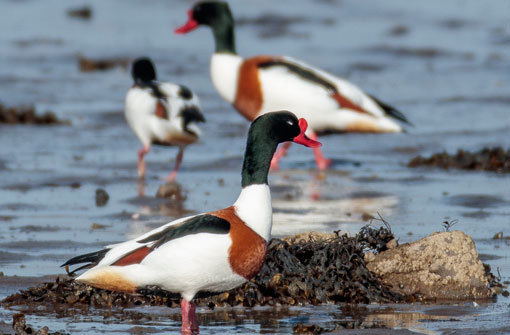
Ashley Rose
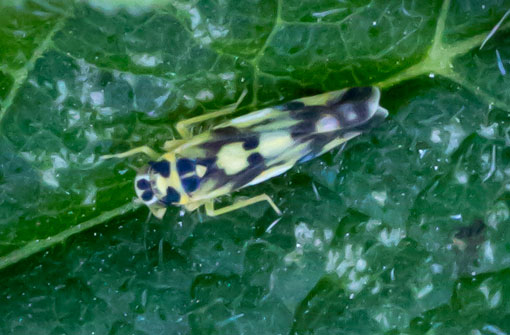
Ashley Rose
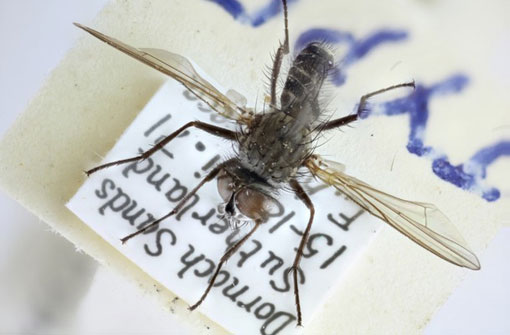
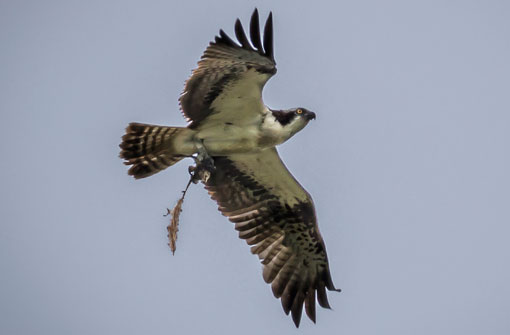
Ashley Rose
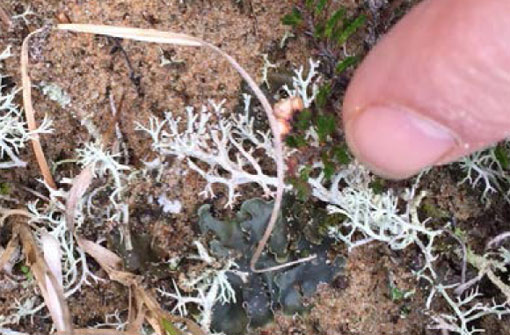
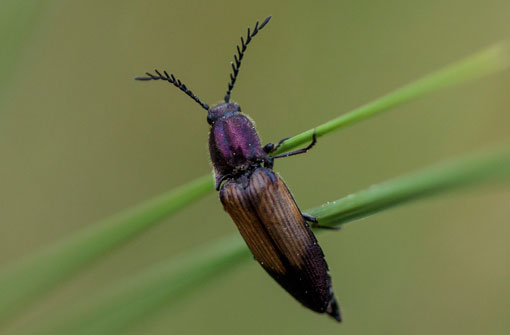
Ashley Rose
Our expert environmentalists say: “Coul Links is on the frontline of global environmental change. A changing climate and increasing nitrogen deposition have promoted the spread of invasive species and other changes that reduce the diversity and distinctiveness of the links. The vegetation of the dune slacks is now mostly indistinct from roadside ditches and the dune heath is turning into nondescript scrub. Soon there will be nothing much left worth preserving.”
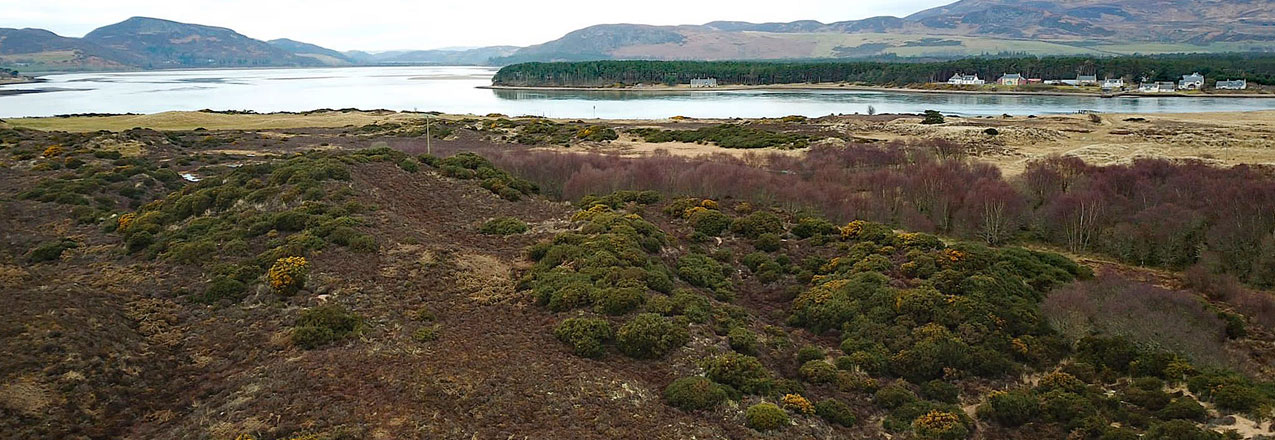
The rare and valuable dune heath at Coul Links is being overrun with invasive gorse and birch
Studies of the Links in 2021 & 22, show a marked deterioration over those of 2016 & 17.
This decay has happened because neither NatureScot, nor the private landowner, has sufficient funds to fundamentally tackle the issues. This funding challenge means the latest conservation plans proposed by NatureScot are limited by necessity to the removal of some gorse bushes and the introduction of cattle grazing within the SSSI. This is 20th Century conservation and is completely inadequate to address the rate and scale of the site’s deterioration.
Our 21st Century solution to this problem
A dune restoration plan integrated with a low-impact, ecologically sensitive golf course, offering hope for the valued features of the dunes.
This will restore and maintain habitats, species and their connectivity.
The golf course provides funding, machinery and personnel required for the management of biodiversity within the dunes and into the future.
And the course will be sited on less than 1% of the Loch Fleet SSSI.
A low impact golf course
The best contemporary golf courses make the most of natural landscapes and have a light touch. C4C’s new planning application for a golf course at Coul Links introduces a number of significant changes to the course design, substantially reducing its environmental impact over the application submitted in 2019.
- In 2019 it became clear that one of the most “valuable” habitats at Coul Links, is the dune heath. The new golf course design therefore sees several holes re-routed from previous locations, avoiding the prime areas of dune heath and juniper plantations.
- It was also clarified how important it is to prevent fragmentation of colonies of flora and fauna throughout the golf course. The new plan therefore breaks up almost all the fairways into two or more sections, creating a network of connectivity corridors.
- Most importantly, instead of (as is conventional), stripping the turf layer away from the fairways, tees and greens, and replanting these areas with new grass – recent developments have shown it is possible to create great fairways (by far the largest area) by repeatedly mowing the natural vegetation. This is the intent for Coul Links Golf Course, as it will preserve natural biodiversity and remove any requirement for nitrogen-rich fertilisers or indeed, any irrigation.
- The result of these and other changes, is that the area to be developed within the SSSI in the new proposal, is now reduced from 14.7 hectares (ha) to 1.5 ha. 90% less than in the 2019 plan. It involves just 0.1% of the Loch Fleet SSSI. As a consequence, fertiliser use on the site will be reduced by 85% and be restricted to tees and greens. Irrigation will be reduced by 80%, and even construction traffic will be reduced by nearly 30%.
Did you know? 10% of all UK golf courses are sited on SSSI’s?
Over 200 UK golf courses are wholly or partially sited on an SSSI, including several close to Coul Links. Royal St. George’s on the Kent Coast, venue for The Open Championship in 2021, were recently highly commended for upgrading the state of their SSSI by Natural England.
This Sky documentary discusses eloquently how golf courses can be excellent environmental managers: CLICK HERE
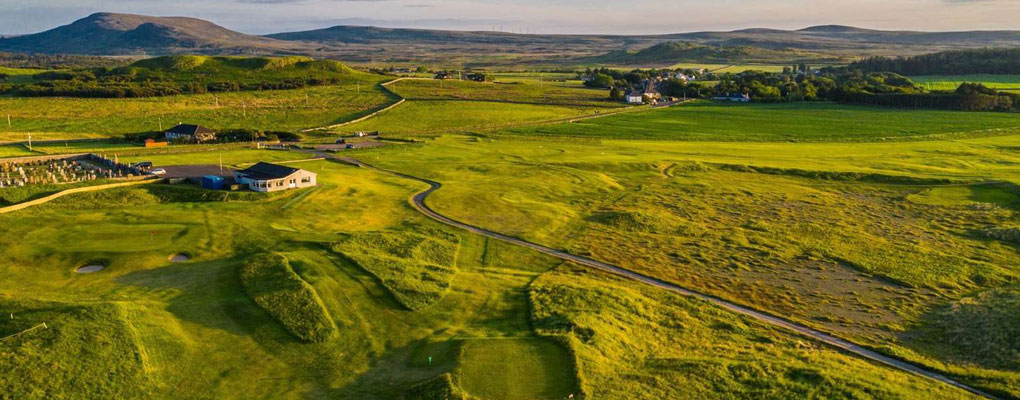
Reay Golf Course
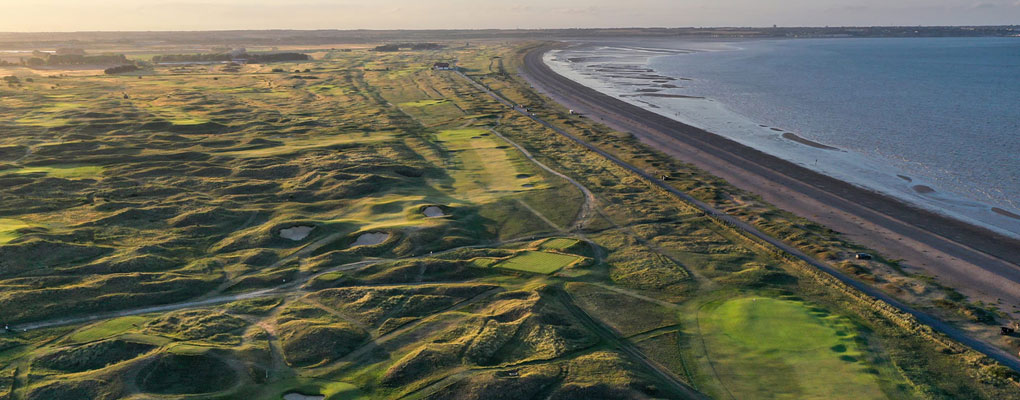
Royal St George’s Golf Course
Initiatives to restore and protect Coul Links
The golf course developers have committed, should the course go ahead, to fund and provide the manpower for a full, 21st century, Environmental Management Plan for Coul Links. This means the less than 1% of the Loch Fleet SSSI affected by the golf course would fund the protection of almost the entire southern portion – about 25% of the total SSSI.
Some of the first steps will be removal of many of the invasive species currently running riot and choking the links – including gorse, bracken, birch, rosebay willowherb, burnet rose and meadowsweet – and remediating important areas of dune heath.
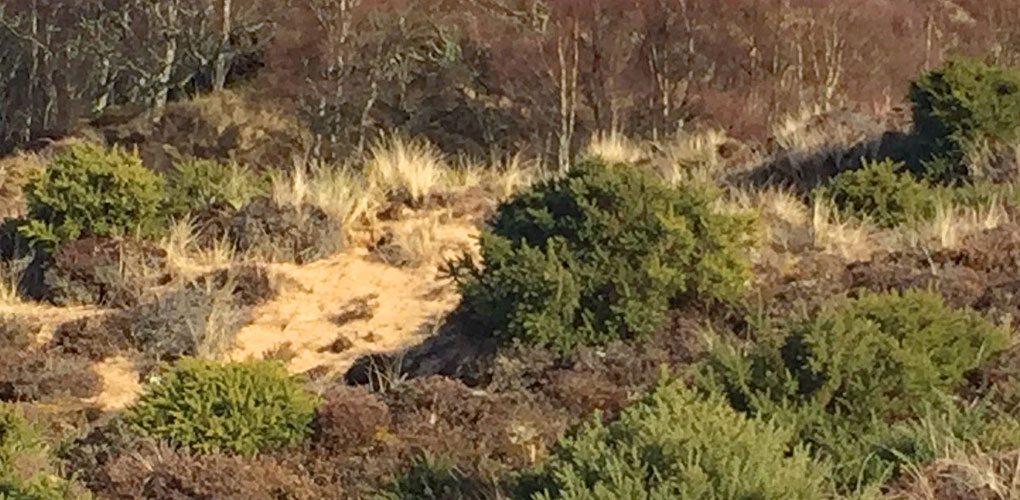
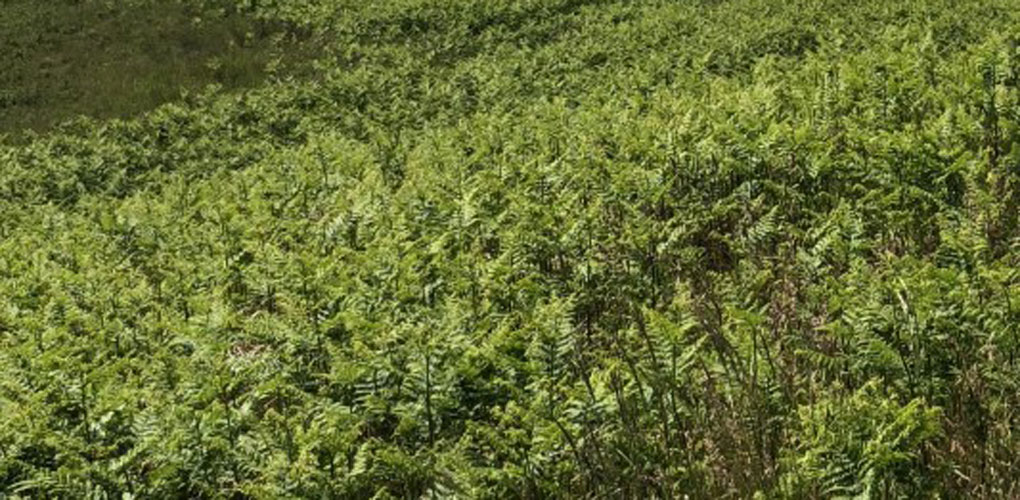
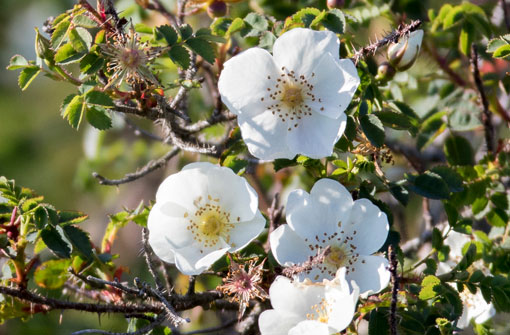
Ashley Rose
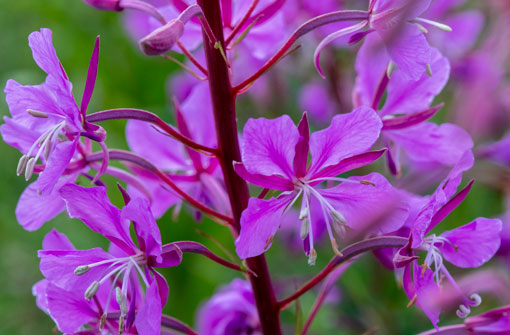
Ashley Rose
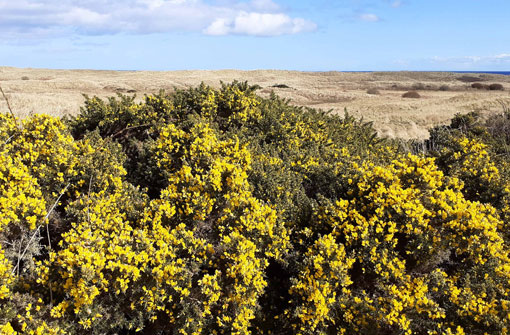
Clockwise, gorse and birch, bracken, burnet rose, rosebay willowherb and gorse in flower – all on Coul Links
In addition to this:
- A portion of Coul Farm, containing land very similar to the SSSI, will be managed to encourage the spread of dune heath, creating many more hectares of this rare habitat.
- 14 hectares of non-SSSI land near the village of Embo will be fully remediated and managed as if it were part of the SSSI
- Very little is known about the Fonseca’s seed fly, which lives in places along this part of the East Sutherland coast, including at Dornoch and Coul Links. The golf course will fund a PhD study into the fly and how it can best be protected.
- A felled tree plantation, which forms a wasteland in the middle of Coul Links (but is outside the SSSI), will be cleared and fully remediated

- The Coul Links landowner has agreed to work with C4C to create The Loch Fleet Foundation to foster conservation across the whole of the Loch Fleet SSSI.
- The landowner has also agreed, should the golf course go ahead, to cease all farming activities on the remaining acreage of his land, adjoining Coul Links SSSI, and plant the area with natural woodland – as an amenity for local people and tourists alike.
- These measures will transform Coul Links into a focal point for eco-tourism in the area.
If the golf course goes ahead, Coul Links will be fully restored as the internationally important site it should be. And critically, the framework for its sustainable future protection will be established.
Loch Fleet Site of Special Scientific Interest (SSSI)
